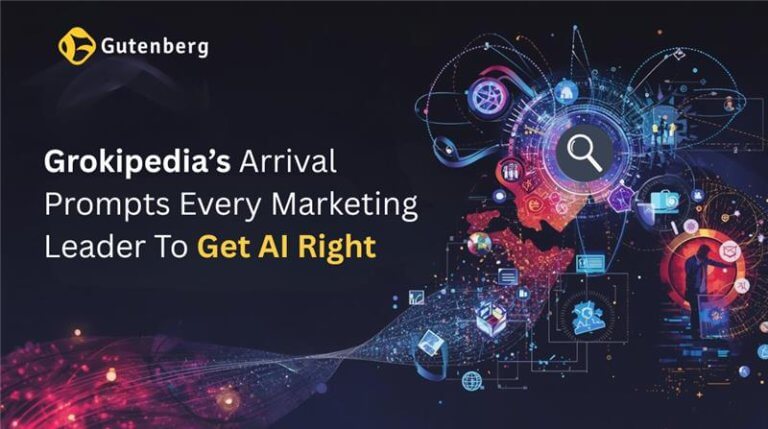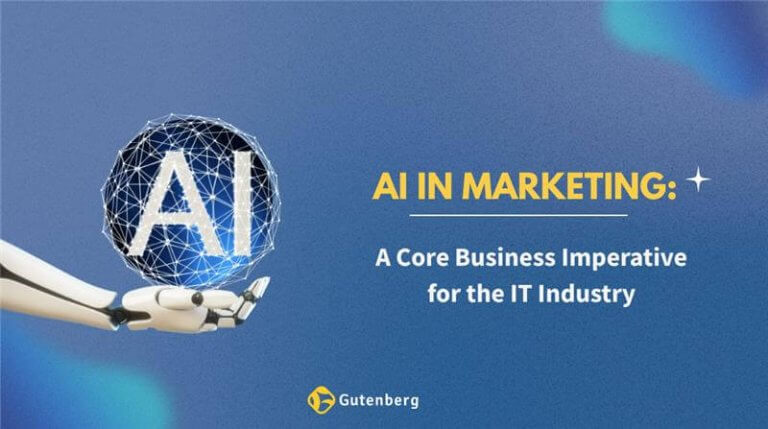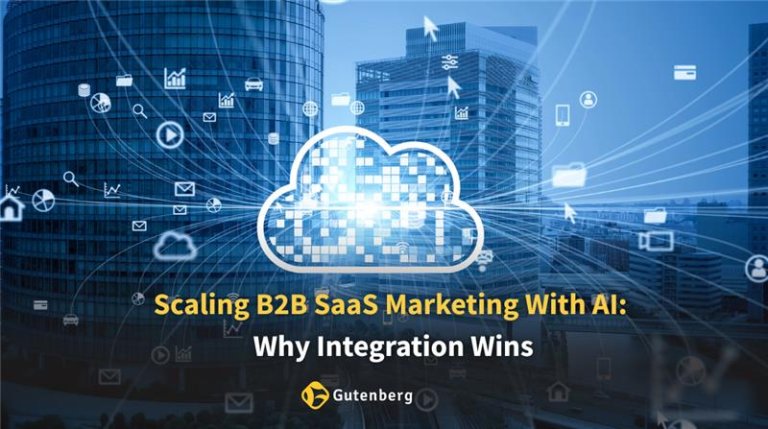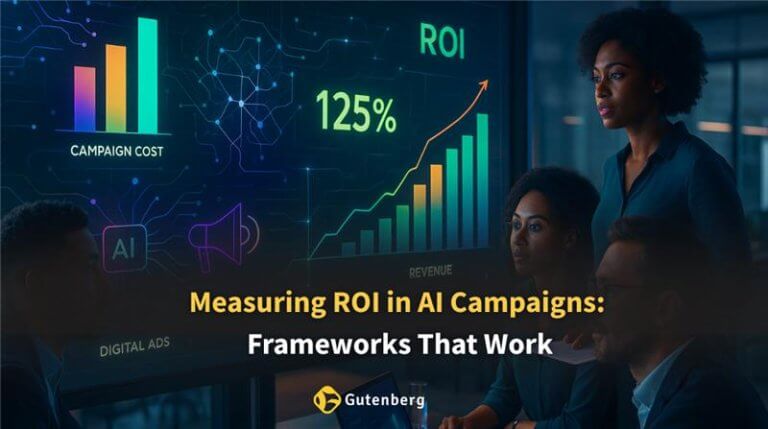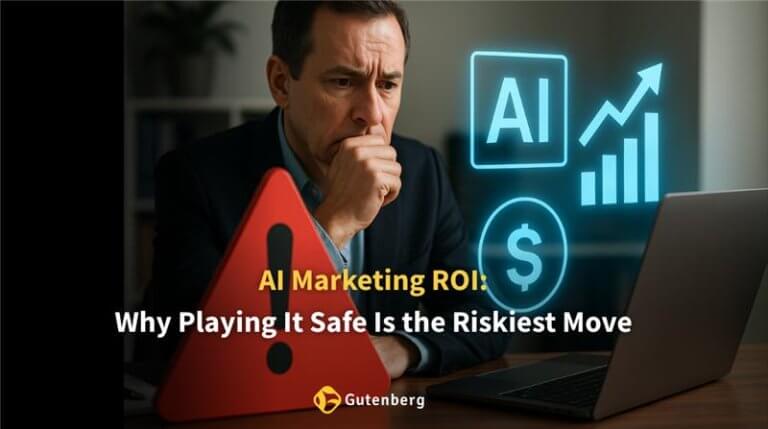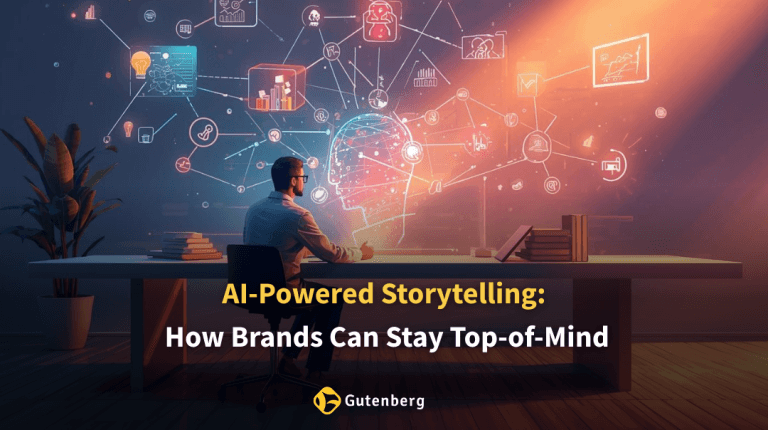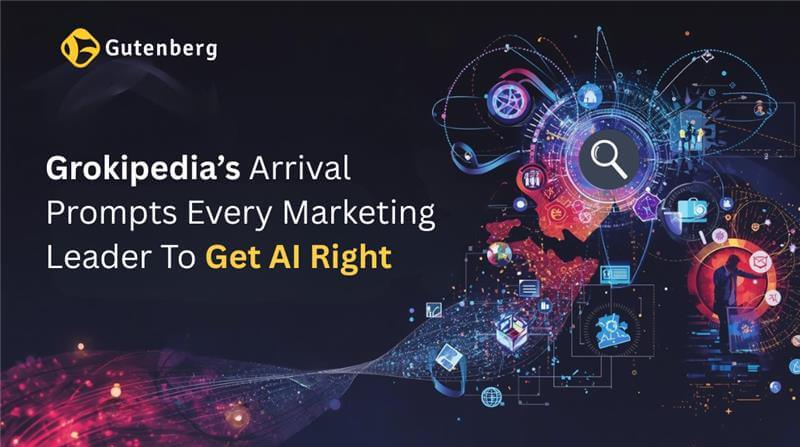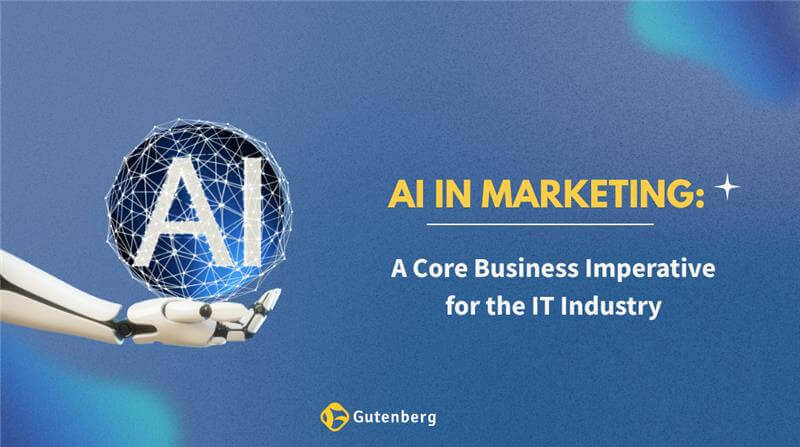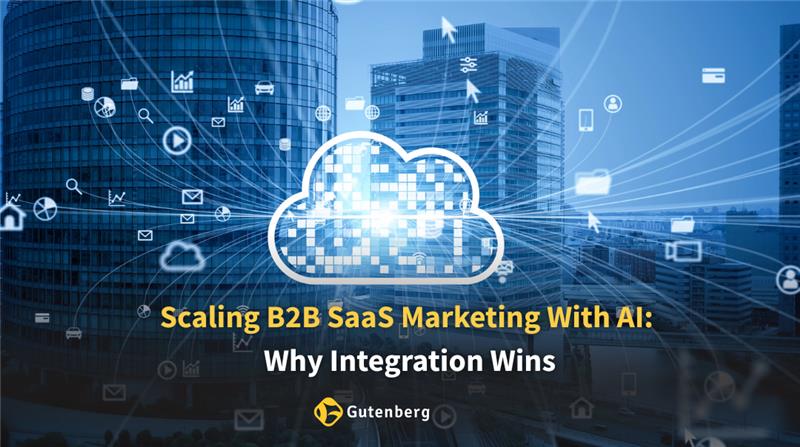The role of the SaaS Chief Marketing Officer (CMO) is no longer confined to building awareness or driving top-of-funnel activity. As organizations scale and customer acquisition costs continue to rise, the SaaS CMO priorities 2025 agenda is becoming more outcome-driven and holistic. CMOs are now expected to influence company-wide performance, support product strategy, contribute to long-term customer value, and lead organizational change.
This shift is influenced by several broader trends. AI is becoming deeply embedded in marketing operations. Budgets are being scrutinized more than ever. And boards are looking to marketing not only for visibility but for measurable, recurring growth. In fact, according to a Gartner survey, 75% percent of CMOs felt under pressure to achieve profitable growth while working with tighter budgets and fewer resources.
In this blog, we explore what’s shaping SaaS CMO priorities 2025 and how marketing leaders are adapting their strategies. We’ll break down how AI is being implemented with intent, what customer journey optimization truly looks like, why alignment with business goals is key, and how agencies like Gutenberg are helping CMOs stay focused on what matters.
Aligning Marketing with Business Outcomes
Marketing can no longer operate in a silo. The expectation now is that CMOs contribute directly to revenue growth, pipeline efficiency, and customer retention.
From awareness to accountability: The modern marketing strategy for SaaS CMOs goes beyond traditional campaign KPIs. Instead, it’s built around shared metrics across marketing, sales, and customer success teams. These include pipeline velocity, sales cycle length, and customer lifetime value.
Research by SiriusDecisions shows that companies with aligned sales and marketing teams see 24% faster revenue growth and 27% faster profit growth over a three-year period. For CMOs, this means tying every marketing activity to tangible business outcomes.
Creating this alignment requires integrated systems, data transparency, and collaboration at the leadership level. The marketing organization must operate as a business function, not just a communication function.
The Rise of AI in SaaS Marketing
Generative and predictive AI are increasingly embedded into martech stacks, but CMOs are adopting them with a clear purpose rather than chasing trends.
Implementing AI with intent: AI is now being used to streamline campaign planning, improve personalization, and accelerate reporting. AI in SaaS marketing isn’t about removing human decision-making. It’s about freeing teams to focus on strategy and creative thinking while automating manual tasks. For example, AI-powered analytics can now track channel performance and suggest budget reallocations instantly, something that took days in the past.
The CMOs who succeed in 2025 will be those who approach AI as a tool to support outcomes, not as a substitute for leadership.
Redefining Customer Journey Optimization
The buying process for SaaS has become more decentralized, with multiple stakeholders and longer decision cycles. CMOs are under pressure to create experiences that meet buyers at the right moments.
Journey orchestration that actually works: Customer journey optimization is no longer about building a linear funnel. It involves understanding where prospects fall off, why renewals fail, and how to build lifetime value over time.
Personalization, clear value articulation, and streamlined onboarding are core parts of this new journey strategy. CMOs are also investing in tools that track engagement across content types, roles, and regions to deliver timely interactions.
Balancing Brand and Growth Marketing
There’s a renewed focus on long-term brand building, without losing sight of quarterly goals.
Moving beyond lead volume: While MQLs still matter, high-growth companies now measure marketing on its contribution to sales pipeline and closed-won deals. As a result, the marketing strategy for SaaS CMOs includes both performance marketing and brand-led initiatives.
CMOs are focusing on thought leadership, category ownership, and community engagement to build brand equity. This approach builds trust, shortens sales cycles, and increases buyer confidence.
Why CMOs Are Rethinking Team Structures
The new priorities are pushing CMOs to revisit how their teams are built and operate.
Focus on skills, not just roles: Hiring in 2025 is less about traditional job titles and more about capabilities. CMOs are looking for marketers who can work across data, content, and customer experience. Fluency in tools like ChatGPT, Tableau, and Notion are becoming standard expectations.
According to a survey by Gartner, Inc., 87% of marketers are concerned that technologies like generative AI could replace jobs in the industry. The most forward-looking CMOs are also creating pods or agile teams around customer journeys rather than channels. This helps drive faster decision-making and more consistent messaging.
How Gutenberg Supports Modern SaaS CMOs
As the responsibilities of CMOs continue to expand, many are turning to trusted partners who understand both the tech and business context.
Gutenberg works with SaaS companies that want their marketing efforts to contribute directly to business outcomes. Our integrated approach combines content, public relations, and strategic positioning to help CMOs drive relevance across channels.
- Strategic positioning: We help define messaging that reflects both market opportunities and internal vision.
- Content systems: From executive narratives to customer-facing materials, we build scalable content engines.
- Cross-channel visibility: Our team ensures consistent brand voice across earned, owned, and paid media.
- Market and media insights: We offer grounded inputs into where the audience is moving and what matters to them.
- Partnership-based collaboration: We align with internal marketing leads, product teams, and sales heads to drive real business traction.
Conclusion
The priorities for SaaS CMOs in 2025 are clear: lead with accountability, implement AI with purpose, focus on meaningful customer engagement, and ensure marketing is a business function, not just a support unit.
SaaS CMO priorities 2025 are about being deeply connected to both growth and strategy. Whether it’s driving operational efficiency, improving retention, or building a long-term brand story, CMOs have more responsibility than ever before.
Those who adapt with intention, guided by insights, supported by technology, and backed by the right partners, will be in the best position to succeed.
And for CMOs ready to take their strategies further, Gutenberg is here to help turn goals into outcomes.
the right marketing partner.


